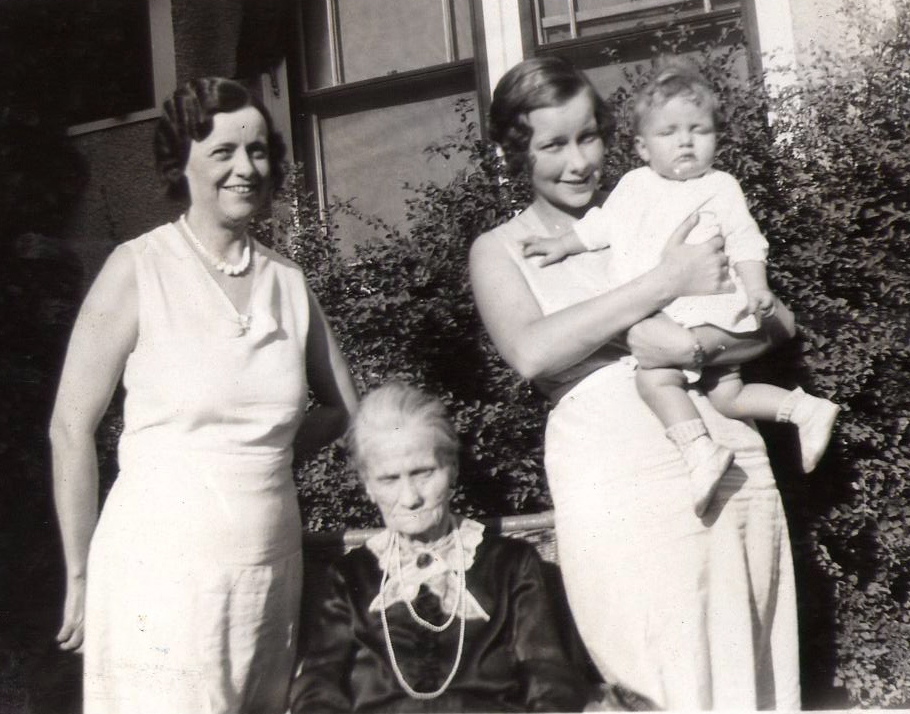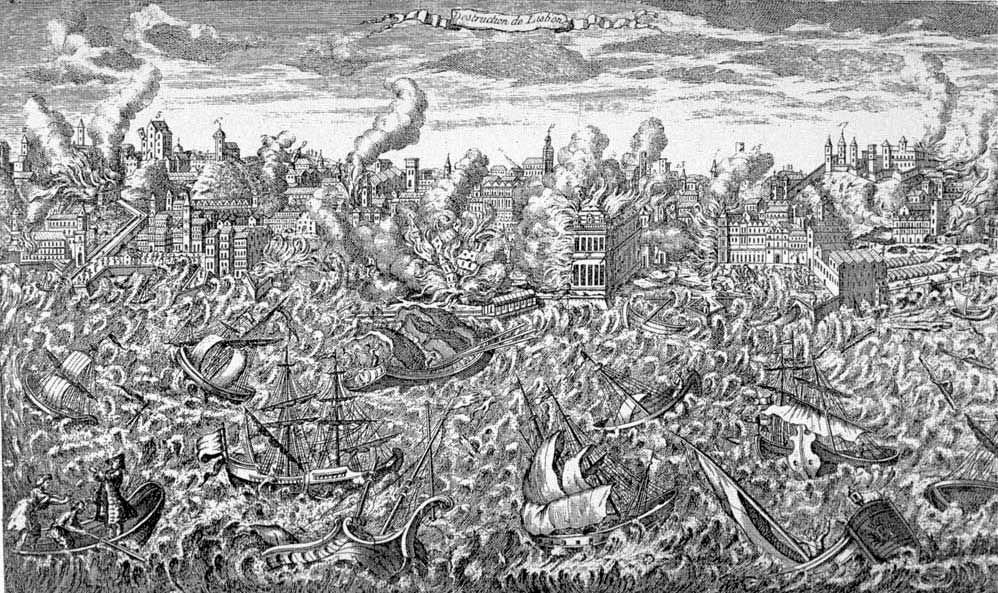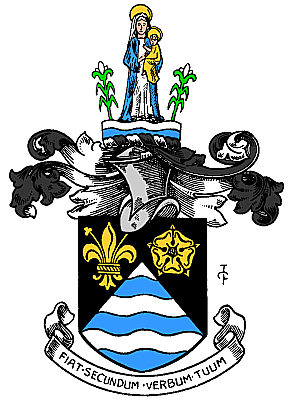|
Henrietta Harley, Countess Of Oxford And Mortimer
Henrietta Harley, Countess of Oxford and Countess Mortimer (''née'' Lady Henrietta Cavendish Holles; 11 February 1694 – 9 December 1755) was an English noblewoman, the only child and heiress of John Holles, 1st Duke of Newcastle and his wife, the former Lady Margaret Cavendish, daughter of Henry Cavendish, 2nd Duke of Newcastle-upon-Tyne. Her hand was sought in marriage even in her youth as a means of alliance with her powerful father. Suitors included the Intendant of the Court of a Count of the Holy Roman Empire in December 1703, the Elector of Hanover's son (later George I of Great Britain) in June 1706, the Duke of Somerset's son Lord Hertford in 1707–1711, Count Nassau in 1709, and finally Lord Danby (grandson of Thomas Osborne, 1st Duke of Leeds) in 1711, before her father settled on Edward Harley, 2nd Earl of Oxford and Earl Mortimer. They were married on 31 August 1713, at Wimpole Hall. She brought, through inheritance, Welbeck Abbey in Nottinghamshire, Bolsove ... [...More Info...] [...Related Items...] OR: [Wikipedia] [Google] [Baidu] |
The Right Honourable
''The Right Honourable'' (abbreviation: The Rt Hon. or variations) is an honorific Style (form of address), style traditionally applied to certain persons and collective bodies in the United Kingdom, the former British Empire, and the Commonwealth of Nations. The term is predominantly used today as a style associated with the holding of certain senior public offices in the United Kingdom, Canada, New Zealand, and, to a lesser extent, Australia. ''Right'' in this context is an adverb meaning 'very' or 'fully'. Grammatically, ''The Right Honourable'' is an adjectival phrase which gives information about a person. As such, it is not considered correct to apply it in direct address, nor to use it on its own as a title in place of a name; but rather it is used in the Grammatical person, third person along with a name or noun to be modified. ''Right'' may be abbreviated to ''Rt'', and ''Honourable'' to ''Hon.'', or both. ''The'' is sometimes dropped in written abbreviated form, but is ... [...More Info...] [...Related Items...] OR: [Wikipedia] [Google] [Baidu] |
Welbeck Abbey
Welbeck Abbey is an English country house near the village of Welbeck in the Bassetlaw District of Nottinghamshire. It was the site of a monastery belonging to the Premonstratensian order, and after the Dissolution of the Monasteries a residence of the Dukes of Portland. It is part of the Dukeries, four contiguous ducal estates in North Nottinghamshire. Amenities The Welbeck Estate is open to visitors. There is a cafe, a farm shop and a school of Artisan Food and Harley Gallery History The estate was mentioned in the Domesday Book of 1086, where it is recorded as belonging to Hugh fitzBaldric. Thomas de Cuckney founded the religious house in 1140. It was an abbey of Premonstratensian canons, dedicated to James the Great. The abbey was enriched by gifts from the Goushills, D’Eyncourts, Bassets, and other families from Nottinghamshire and it received a considerable grant from King Edward I. In 1393 the abbey came under serious investigation by King Richard II. Par ... [...More Info...] [...Related Items...] OR: [Wikipedia] [Google] [Baidu] |
Daughters Of British Dukes
A daughter is a female offspring; a girl or a woman in relation to her parents. Daughterhood is the state, condition or quality of being someone's daughter. The male counterpart is a son. Analogously the name is used in several areas to show relations between groups or elements. From biological perspective, a daughter is a first degree relative. The word daughter also has several other connotations attached to it, one of these being used in reference to a female descendant or consanguinity. It can also be used as a term of endearment coming from an elder. In patriarchal societies, daughters often have different or lesser familial rights than sons. A family may prefer to have sons rather than daughters and subject daughters to female infanticide. In some societies, it is the custom for a daughter to be 'sold' to her husband, who must pay a bride price. The reverse of this custom, where the parents pay the husband a sum of money to compensate for the financial burden of th ... [...More Info...] [...Related Items...] OR: [Wikipedia] [Google] [Baidu] |
1755 Deaths
Events January–March * January 23 (O. S. January 12, Tatiana Day, nowadays celebrated on January 25) – Moscow University is established. * February 13 – Treaty of Giyanti: The kingdom of Mataram on Java is divided in two, creating the sultanate of Yogyakarta and the sunanate of Surakarta. * March 12 – A steam engine is used in the American colonies for the first time as New Jersey copper mine owner Arent Schuyler installs a Newcomen atmospheric engine to pump water out of a mineshaft. * March 22 – Britain's House of Commons votes in favor of £1,000,000 of appropriations to expand the British Army and Royal Navy operations in North America. * March 26 – General Edward Braddock and 1,600 British sailors and soldiers arrive at Alexandria, Virginia on transport ships that have sailed up the Potomac River. Braddock, sent to take command of the British forces against the French in North America, commandeers taverns and private homes to ... [...More Info...] [...Related Items...] OR: [Wikipedia] [Google] [Baidu] |
1694 Births
Events January–March * January 16 – Francesco Morosini, the Doge of Venice since 1688, dies after ruling the Republic for more than five years and a few months after an unsuccessful attempt to capture the island of Negropont from the Ottoman Empire during the Morean War. * January 18 – Sir James Montgomery of Scotland, who had been arrested on January 11 for conspiracy to restore King James to the throne, escapes and flees to France. * January 21 (January 11 O.S.) – The Kiev Academy, now the national university of Ukraine, receives official recognition by Tsar Ivan V of Russia. * January 28 – '' Pirro e Demetrio'', an opera by Alessandro Scarlatti, is given its first performance, debuting at the Teatro San Bartolomeo in Naples. The opera is adapted in 1708 in London as Pyrrhus and Demetrius and becomes the second most popular opera in 18th century London. * January 29 – French missionary Jean-Baptiste Labat arrives in the "New World", landing at the Caribb ... [...More Info...] [...Related Items...] OR: [Wikipedia] [Google] [Baidu] |
Wimpole Street
Wimpole Street is a street in Marylebone, central London. Located in the City of Westminster, it is associated with private medical practice and medical associations. No. 1 Wimpole Street is an example of Edwardian architecture, Edwardian baroque architecture, completed in 1912 by architects John Belcher (architect), John Belcher and John James Joass, J. J. Joass as the home of the Royal Society of Medicine. 64 Wimpole Street is the headquarters of the British Dental Association. History The name Wimpole comes from the Wimpole Estate in Cambridgeshire, which in the 18th century was the seat of the Edward Harley, 2nd Earl of Oxford and Earl Mortimer, Harley family, who developed the street. November 1935 fire At 6.30am on 10 November 1935, there was a fire at number 27, where 5 people died. It was the house of dental surgeon and otorhinolaryngologist, Philip Julius Franklin. Franklin had been born in the US in 1878, the son of Julius Franklin of San Francisco. He had married Eth ... [...More Info...] [...Related Items...] OR: [Wikipedia] [Google] [Baidu] |
Wigmore Street
Wigmore Street is a street in the City of Westminster, in the West End of London. The street runs for about 600 yards parallel and to the north of Oxford Street between Portman Square to the west and Cavendish Square to the east. It is named after the village of Wigmore and its castle in Herefordshire, a seat of the family of Robert Harley, politician around the time of Queen Anne, who owned land in the area. Numbers 18-22 Wigmore Street, the Brinsmead Galleries, were built in 1892, designed by Leonard V. Hunt for John Brinsmead & Sons piano manufacturers. There are nine showrooms. The well-known Wigmore Hall concert hall (at No 36 Wigmore Street) was also built by a piano manufacturers, the German company C. Bechstein Pianofortefabrik in 1899–1901, with a showroom next door. It is located on the north side, just to the east of the junction with Welbeck Street. For about a hundred years beginning in the late 19th century, Wigmore Street had a great concentration of op ... [...More Info...] [...Related Items...] OR: [Wikipedia] [Google] [Baidu] |
Oxford Street
Oxford Street is a major road in the City of Westminster in the West End of London, running between Marble Arch and Tottenham Court Road via Oxford Circus. It marks the notional boundary between the areas of Fitzrovia and Marylebone to the north, with Soho and Mayfair to its immediate south. It is Europe's busiest shopping street, with around 300,000 daily visitors, and had approximately 300 shops. It is designated as part of the A40, a major road between London and Fishguard, though it is not signed as such, and traffic is regularly restricted to buses and taxis. The road was originally part of the Via Trinobantina, a Roman road between Essex and Hampshire via London. It was known as Tyburn Road through the Middle Ages when it was notorious for public hangings of prisoners at Tyburn Gallows. It became known as Oxford Road and then Oxford Street in the 18th century and began to change from residential to commercial and retail use, attracting street traders, conf ... [...More Info...] [...Related Items...] OR: [Wikipedia] [Google] [Baidu] |
Harley Street
Harley Street is a street in Marylebone, Central London, named after Edward Harley, 2nd Earl of Oxford and Earl Mortimer."Harley Street" in Since the 19th century it has housed a large number of private specialists in and . Overview Since the 19th century, the number of doctors, hospitals, and medical organisations in and around Harley Street has greatly increased. Records show that there were around 20 doctors in 1860, 80 by 1900, and almost 200 by ...[...More Info...] [...Related Items...] OR: [Wikipedia] [Google] [Baidu] |
City Of Westminster
The City of Westminster is a London borough with City status in the United Kingdom, city status in Greater London, England. It is the site of the United Kingdom's Houses of Parliament and much of the British government. It contains a large part of central London, including most of the West End of London, West End, such as the major shopping areas around Oxford Street, Regent Street, Piccadilly and Bond Street, and the entertainment district of Soho. Many London landmarks are within the borough, including Buckingham Palace, Westminster Abbey, Whitehall, Westminster Cathedral, 10 Downing Street, and Trafalgar Square. The borough also has a number of major Westminster parks and open spaces, parks and open spaces, including Hyde Park, London, Hyde Park, and most of Regent's Park. Away from central London the borough also includes various inner suburbs, including St John's Wood, Maida Vale, Bayswater, Belgravia and Pimlico. The borough had a population of 204,300 at the 2021 census. ... [...More Info...] [...Related Items...] OR: [Wikipedia] [Google] [Baidu] |
Marylebone
Marylebone (usually , also ) is an area in London, England, and is located in the City of Westminster. It is in Central London and part of the West End. Oxford Street forms its southern boundary. An ancient parish and latterly a metropolitan borough, it merged with the boroughs of Westminster and Paddington to form the new City of Westminster in 1965. Marylebone station lies two miles north-west of Charing Cross. The area is also served by numerous tube stations: Baker Street, Bond Street, Edgware Road (Bakerloo line), Edgware Road (Circle, District and Hammersmith & City lines), Great Portland Street, Marble Arch, Marylebone, Oxford Circus, and Regent's Park. History Marylebone was an Ancient Parish formed to serve the manors (landholdings) of Lileston (in the west, which gives its name to modern Lisson Grove) and Tyburn in the east. The parish is likely to have been in place since at least the twelfth century and will have used the boundaries of the pre- ... [...More Info...] [...Related Items...] OR: [Wikipedia] [Google] [Baidu] |
Henrietta Place
Henrietta Place, originally known as Henrietta Street, is a street in Marylebone in the City of Westminster in central London that runs from Marylebone Lane in the east to Cavendish Square in the west. It is joined on the north side by Welbeck Street and Wimpole Street, and on the south side by Vere Street, Westminster, Vere Street, Chapel Place, and Old Cavendish Street. History Henrietta Street, now Place, was named after Henrietta Harley, Countess of Oxford and Countess Mortimer, Lady Henrietta Cavendish, the 18th century heiress to the Manor of Marylebone lands and the wife of Edward Harley, 2nd Earl of Oxford and Earl Mortimer, Edward Harley after whom Harley Street was named. The street was laid out around 1729 when the area, which was previously rural, was urbanised using a grid plan.Aldous, Tony. (1980) ''The Illustrated London News Book of London's Villages''. London: Secker & Warburg. p. 87. During the nineteenth century the street fell out of favour and in the twenti ... [...More Info...] [...Related Items...] OR: [Wikipedia] [Google] [Baidu] |








